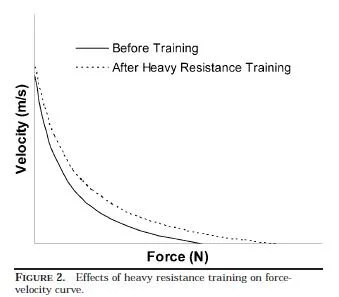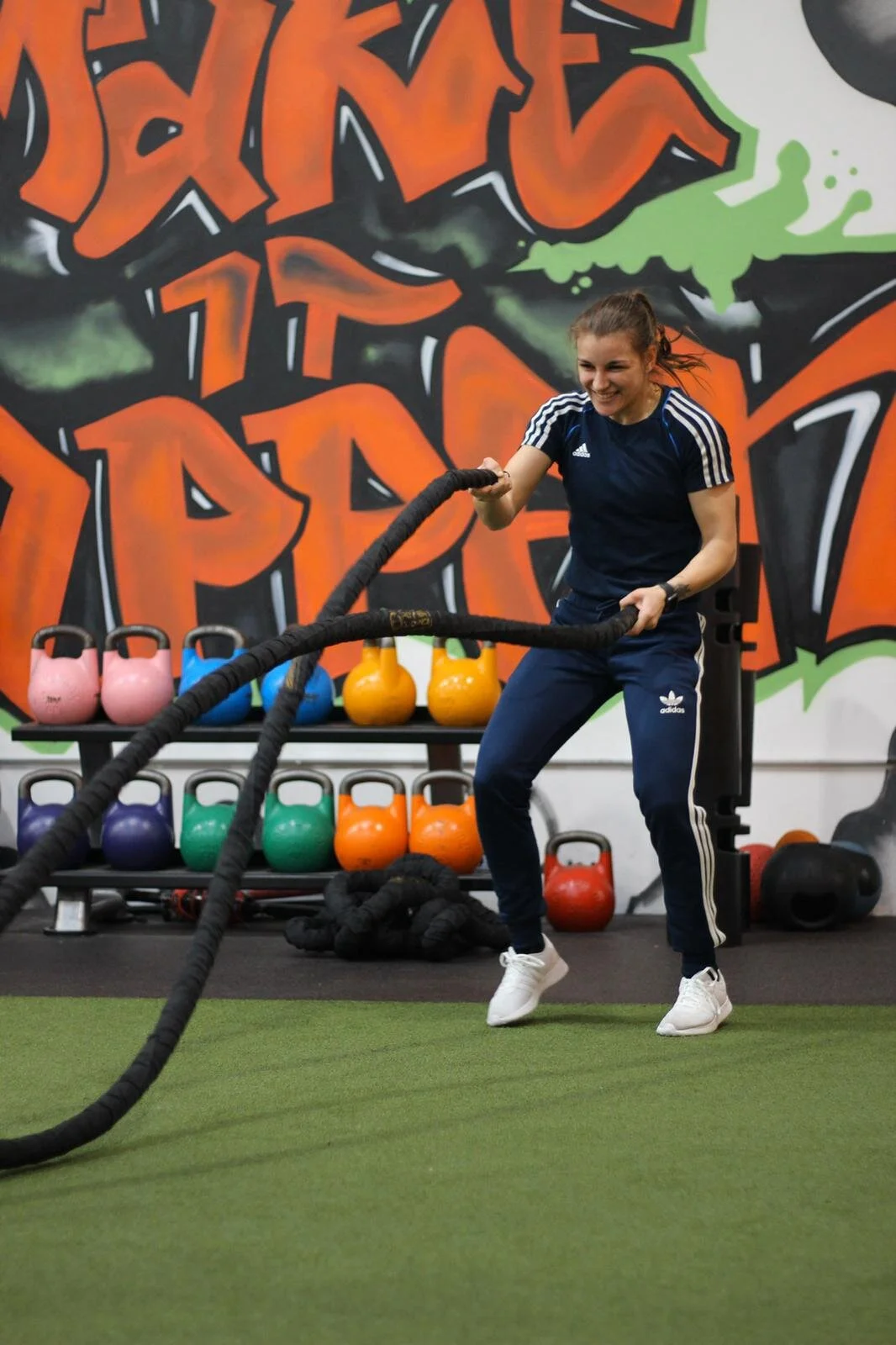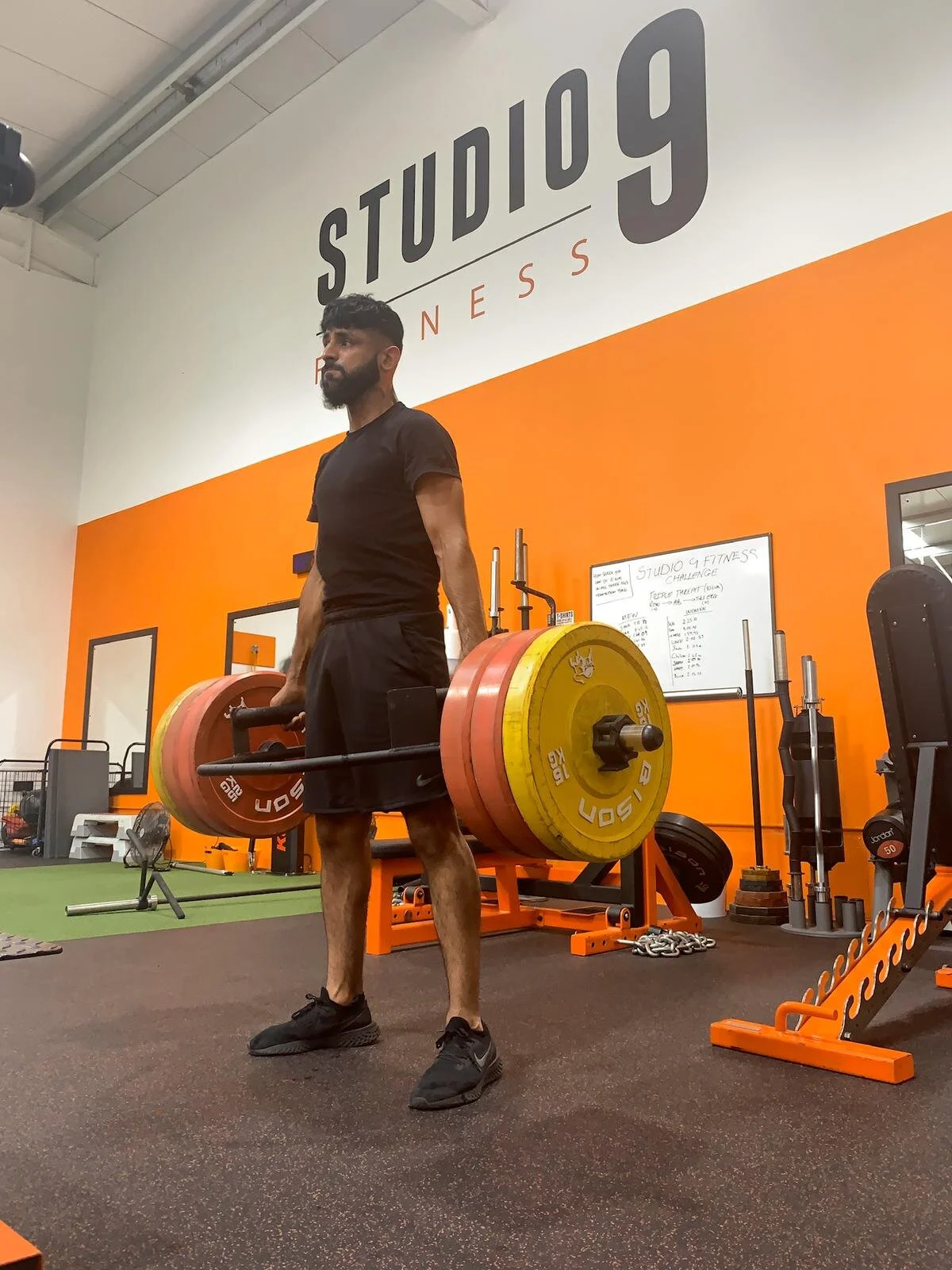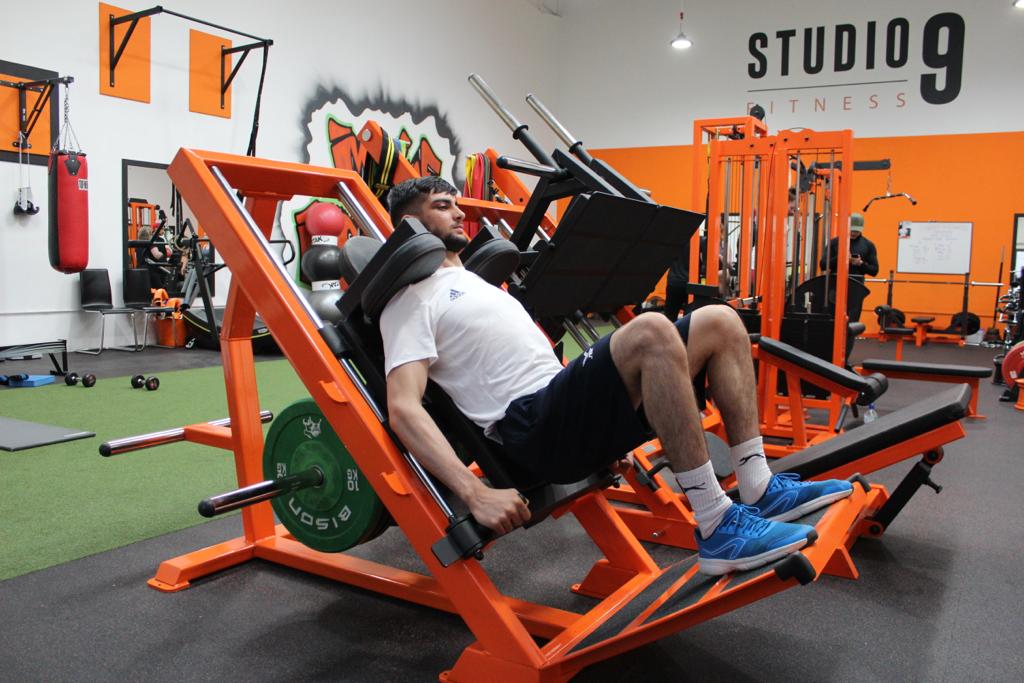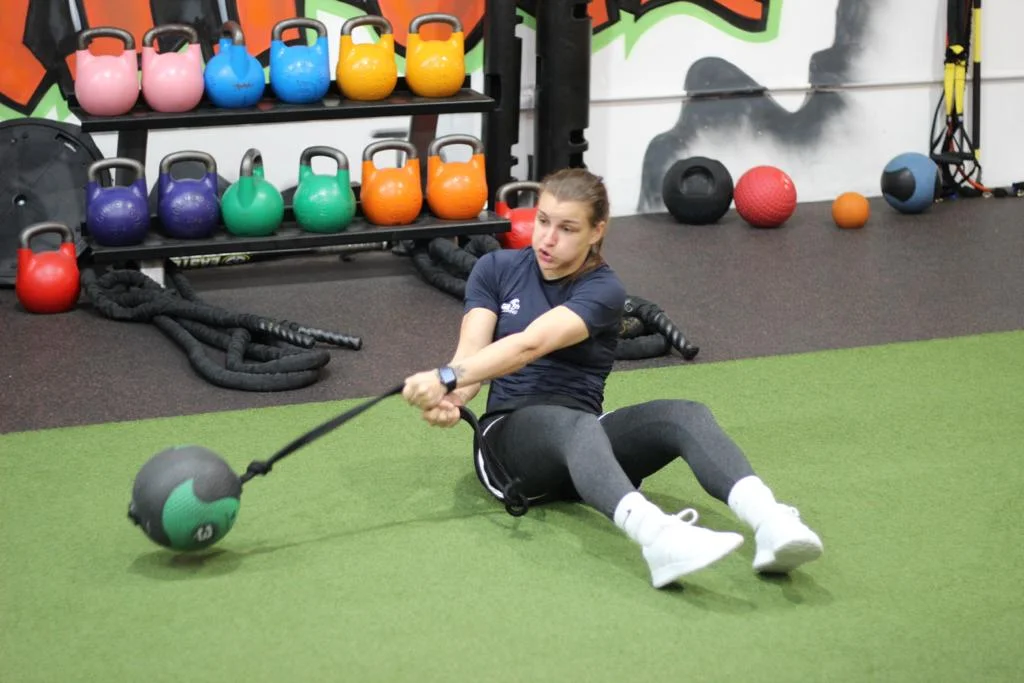This Article is Sponsored by Studio 9 Fitness. The Premier Sports Performance Facility in Wokingham, Berkshire.
Agility can be defined as “a rapid whole body movement with change of velocity or direction in response to a stimulus’’. The fundamental words in that definition being “in response to a stimulus”. It is this part of the definition that separates agility training from change of direction training.
Whilst agility involves reactive abilities in unpredictable environments, change of direction of speed focuses purely on an athlete’s physical ability and is typically performed in pre-planned environments.
The T-test is an agility test for athletes and includes forward, lateral, and backwards running. (Semenick, D. (1990). The T-test. NSCA Journal). It was assessed in a study by Pauole, K., K. Madole, J. Garhammer, M. Lacourse, and R. Rozenek, 2000 who concluded that the T-test is a more valid measure of leg speed than either leg power or agility, however the correlation and regression analyses indicate that for both men and women the T-test involves a combination of leg speed, leg power, and agility for performance. The T-test appears to be a reliable and valid measure of leg speed and secondarily of leg power and agility. Based on the results of this study, the T-test can discriminate between low and high levels of sport participation. Coaches involved with ground-based sports, such as football, basketball, soccer, and volleyball, may benefit from incorporating the T-test as a field test to assess lower extremity movement skills and potential for participation in these activities.
The disadvantage of the T-test (and other traditional agility tests) is that it does not address that part of the definition of agility that relates to the cognitive response to external stimuli. This is one of the reasons that “new tests of agility that combine physical and cognitive measures are encouraged”. (Agility literature review: classifications, training and testing. Sheppard, Young J Sports Sci. 2006).
The responsive component for agility includes many cognitive functions such as:
· Visual processing
· Timing
· Reaction time
· Perception
· Anticipation
It is the absence of these cognitive functions during traditional agility tests (e.g. t-test) that means they are in fact change of direction speed tests. For example, a defender’s reaction to an attacker’s sudden movement would be classified as an agility-based movement, as it requires them to make a reactive decision based upon the attacker’s impulsive movement. In contrast, when an athlete is instructed to run through a planned arrangement of cones (e.g. T-test), then the responsive component is removed.
Though agility requires the use of cognitive components, it is also composed of other qualities – namely ‘physical’ and ‘technical’. It is these several qualities (cognitive, physical, and technical) which have been said to collectively form agility. This combination of independent qualities, plus the unplanned nature of agility, means agility has been referred to as a complex and open motor skill in its own right. Agility involves an equal demand on your muscular system as well as your central nervous system. Your muscles, mind, nerves, and cells must all work together to master speed, turns, direction changes, and overall agility.
Agility training teaches your body how to react instantaneously when presented with a sudden change in stimulus, such as a charging defender. Perception and decision-making abilities are learned, sport-specific tasks contingent on the skill level and practice of an athlete.
Training for agility must first involve an assessment of the athlete to ensure the programme is effective for the sport and position of the athlete. Training for multi-directional speed with the use of quickness, reaction time, and sprint ability should be the primary focus of the programme. Incorporating resistance, strength, stability, plyometric and flexibility exercises would be advantageous for the overall performance of the athlete.
A comprehensive agility training programme will include the following:
· Speed training
· Balance / Coordination training
· Gait training
· Directional movement training
· Proprioception (perception / awareness) training
· Strength training
· Power training
Whether you’re an amateur or pro, agility training can have a positive impact in your athletic performance as well as your day-to-day health and wellbeing. Agility is relevant to nearly every sport because it involves a period of deceleration, change of direction, and acceleration. Changing direction in a sport is a reaction to an external stimulus such as avoiding a collision, evading another player, and remaining within the area of play.
How do we measure agility? As mentioned above, traditional agility tests are more relevant to change of direction speed. Several new agility tests have recently been developed and these tests require the athlete to change direction in response to a stimulus whilst moving at high speed, for example the Reactive Agility Test (RAT).
You may be strong and fast, but you must also be agile in order to be the best athlete you can be! Good athletes are born. GREAT athletes are built.
References:
Semenick, D. (1990). The T-test. NSCA Journal
Pauole, K., K. Madole, J. Garhammer, M. Lacourse, and R. Rozenek. Reliability and validity of the T-test as a measure of agility, leg power, and leg speed in college-aged men and women. J. Strength Cond. Res. 14(4):443–450. 2000.
Agility literature review: classifications, training and testing. Sheppard, Young J Sports Sci. 2006
https://www.scienceforsport.com/agility/

